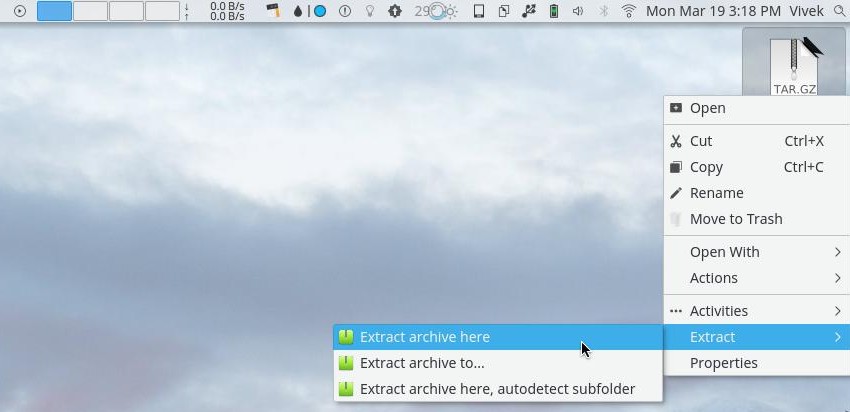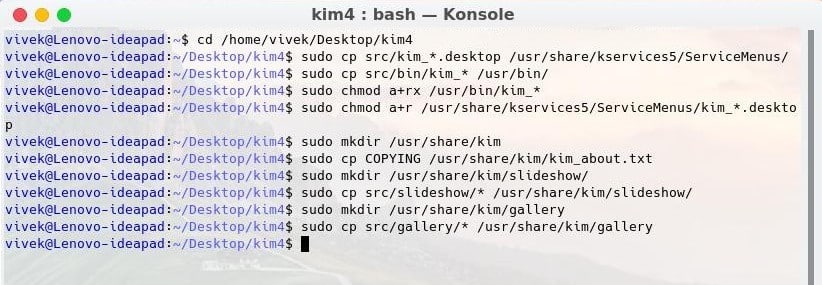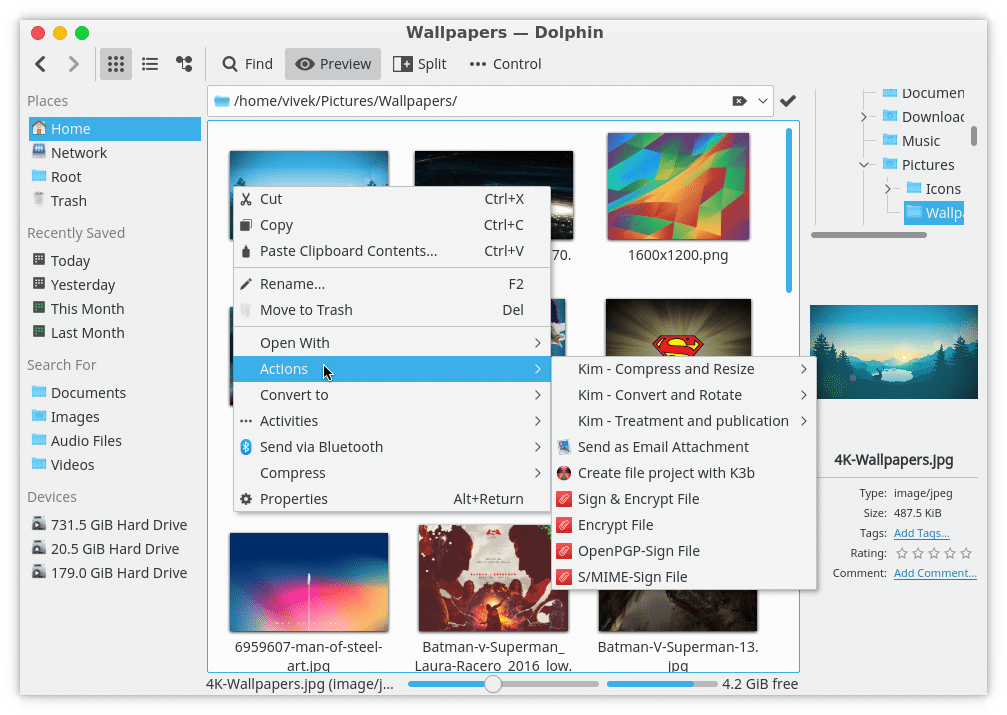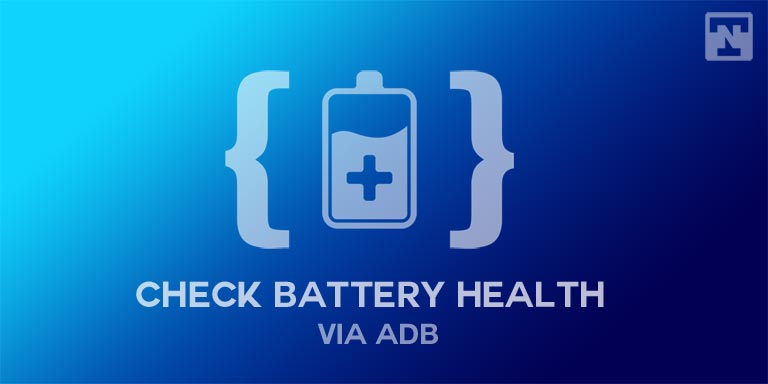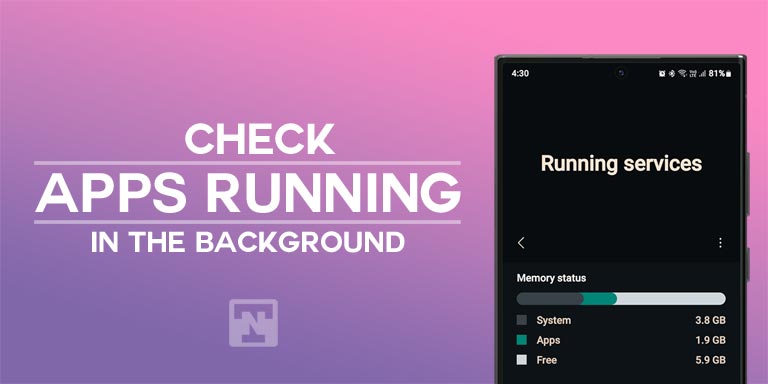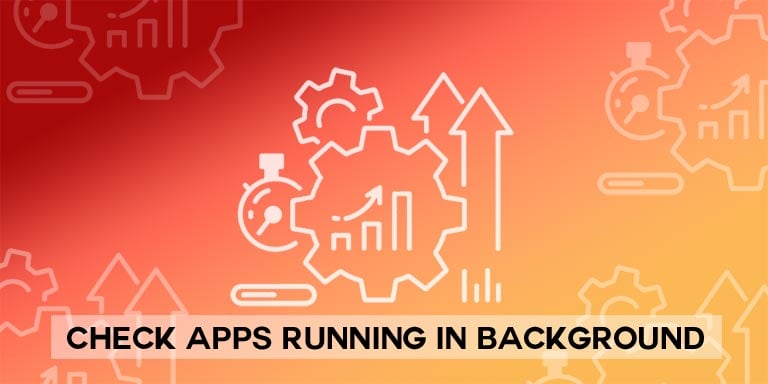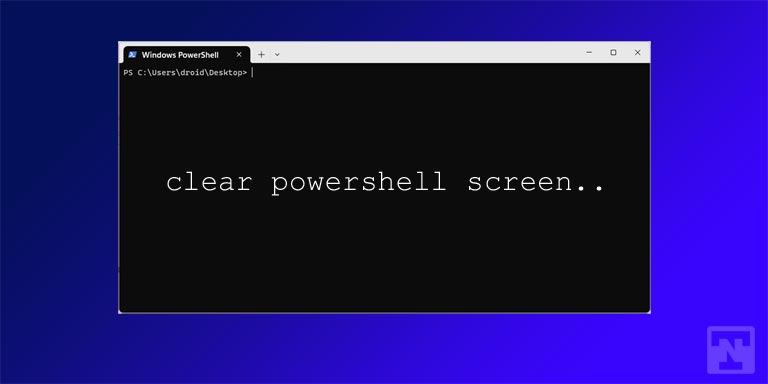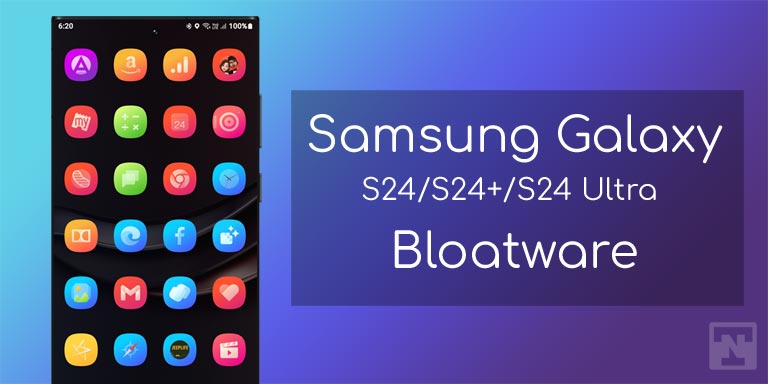We’ve seen converting images and resizing them does not need to be a complicated process. These are basic functions that shouldn’t take much more than a right-click. We can’t complain really that Windows or even any other OS does not offer the functionality built-in. After all, how many people even care about converting or resizing images? But we can say you probably do since you’re here. Today we’re going to see how you can convert and resize images with a right-click in Dolphin. Dolphin, for those who don’t know, is the default file manager on the KDE Plasma desktop, which comes pre-built in Kubuntu.
Previously, we’ve seen how to resize images with a right-click on Windows and even convert and resize images on Ubuntu similarly. Ubuntu uses Nautilus as the default file manager as do so many other Linux distributions and desktop environments. The Plasma desktop does not seem very friendly to Nautilus, however. Thus, Nautilus can’t integrate very well with it. Also, you don’t need Nautilus if you already have Dolphin. Dolphin is a much more feature-packed file browser compared to Nautilus and we’ve discussed this before as well. If you want to learn a bit more about Dolphin, you can visit this link –
How to Install and Use Dolphin File Manager on Ubuntu.
KDE Image Menu
Dolphin is much more customizable compared to other file explorers, not just Nautilus. It lets you add or remove features as well. The options on the right-click context menu are called services in Dolphin and you can add to them easily. KDE Image Menu is one such service and it’s normally just called Kim for short.
Dolphin’s inbuilt services downloader lets you easily download and install a couple of image tools that work off a right click too. They can only either convert PNG to JPG or vice versa and aren’t as helpful as Kim. Kim not only lets you resize images, but it also lets you compress them without resizing them. It not only lets you convert images but also rotate them, and turn them grayscale or sepia. You can create gifs, a photo montage, a flash or HTML gallery, and yet more. Yes, all of that is simply a right-click, and then a few other clicks away depending on the task at hand.
How to install KDE Image Menu
Kim is a little outdated sadly and you cannot install it by simply clicking Install from the Dolphin services installer. Installing Kim is still not very difficult if you can copy and paste text from here to a Terminal. Before getting to that, you’ll need to download the Kim archive package from the link below.
Right-click on the downloaded package and select Extract > Extract archive here. You will then have a folder named kim4. Open this folder, in Dolphin of course, and then press F4. Pressing F4 opens a Terminal right inside Dolphin within the folder you’re currently in. See? Dolphin is dope. You can also open a separate Terminal window if you want, but make sure to navigate to the kim4 folder in the Terminal. Now copy and paste each of the following commands in the Terminal one by one and keep pressing Enter.
sudo cp src/kim_*.desktop /usr/share/kservices5/ServiceMenus/ sudo cp src/bin/kim_* /usr/bin/ sudo chmod a+rx /usr/bin/kim_* sudo chmod a+r /usr/share/kservices5/ServiceMenus/kim_*.desktop sudo mkdir /usr/share/kim sudo cp COPYING /usr/share/kim/kim_about.txt sudo mkdir /usr/share/kim/slideshow/ sudo cp src/slideshow/* /usr/share/kim/slideshow/ sudo mkdir /usr/share/kim/gallery sudo cp src/gallery/* /usr/share/kim/gallery
Edit, Rotate, Convert, and Resize Images with a Right-Click
Once you’ve executed the commands, restart Dolphin. Browse to an image in Dolphin, right-click on it, and mouseover to Actions. Here you should have three Kim entries – Compress and Resize, Convert and Rotate, Treatment and publication. If you can’t see Kim under Actions, sign out of the current session and then sign in again, or just reboot your PC once. I’d recommend a complete reboot if nothing else works.
Read Next: Make Your KDE Plasma Desktop Look Like MacOS
